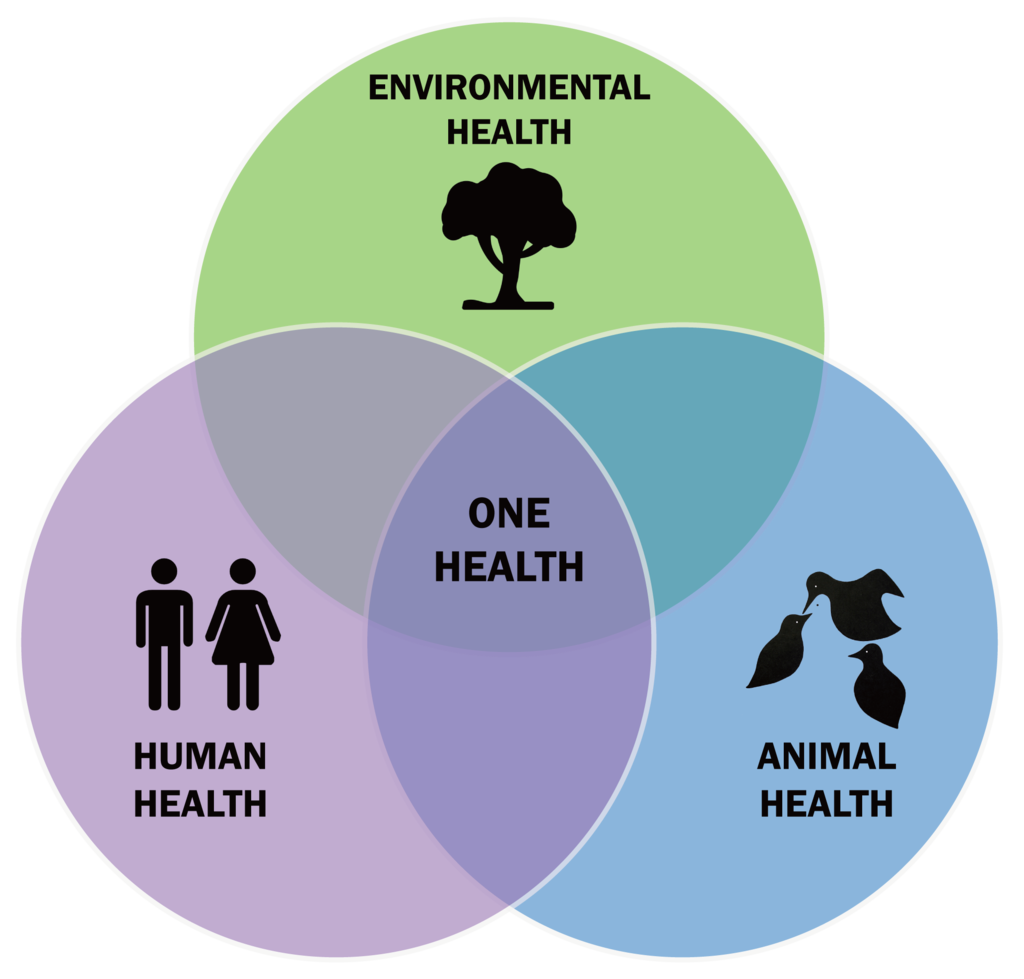The niche of One Health approaches in Lassa fever surveillance and control.
Lassa fever (LF), a zoonotic illness, represents a public health burden in West African countries where the Lassa virus (LASV) circulates among rodents. Human exposure hinges significantly on LASV ecology, which is in turn shaped by various parameters such as weather seasonality and even virus and rodent-host genetics. Furthermore, human behaviour, despite playing a key role in the zoonotic nature of the disease, critically affects either the spread or control of human-to-human transmission. Previous estimations on LF burden date from the 80s and it is unclear how the population expansion and the improvement on diagnostics and surveillance methods have affected such predictions. Although recent data have contributed to the awareness of epidemics, the real impact of LF in West African communities will only be possible with the intensification of interdisciplinary efforts in research and public health approaches. This review discusses the causes and consequences of LF from a One Health perspective, and how the application of this concept can improve the surveillance and control of this disease in West Africa.
As part of the PANDORA-ID-NET consortium we wrote a review of Lassa Fever and the specific role of “One Health” approaches in order to identify potential interventions to mitigate the drivers of spill over into human populations. This review is available here in the Open Access publication Annals of Clinical Microbiology and Antimicrobials (Arruda et al. 2021)

References
Citation
@article{arruda2021,
author = {Arruda, Liã and Haider, Najmul and Olayemi, Ayodeji and
Simons, David and Ehichioya, Deborah and Yinka-Ogunleye, Adesola and
Ansumana, Rashid and Thomason, Margaret and Asogun, Danny and
Ihekweazu, Chikwe and Fichet-Calvet, Elisabeth and Kock, Richard},
title = {The Niche of {One} {Health} Approaches in {Lassa} Fever
Surveillance and Control.},
journal = {Annals of Clinical Microbiology and Antimicrobials},
date = {2021-04-24},
url = {https://doi.org/10.1186/s12941-021-00431-0},
doi = {10.1186/s12941-021-00431-0},
langid = {en},
abstract = {Lassa fever (LF), a zoonotic illness, represents a public
health burden in West African countries where the Lassa virus (LASV)
circulates among rodents. Human exposure hinges significantly on
LASV ecology, which is in turn shaped by various parameters such as
weather seasonality and even virus and rodent-host genetics.
Furthermore, human behaviour, despite playing a key role in the
zoonotic nature of the disease, critically affects either the spread
or control of human-to-human transmission. Previous estimations on
LF burden date from the 80s and it is unclear how the population
expansion and the improvement on diagnostics and surveillance
methods have affected such predictions. Although recent data have
contributed to the awareness of epidemics, the real impact of LF in
West African communities will only be possible with the
intensification of interdisciplinary efforts in research and public
health approaches. This review discusses the causes and consequences
of LF from a One Health perspective, and how the application of this
concept can improve the surveillance and control of this disease in
West Africa.}
}